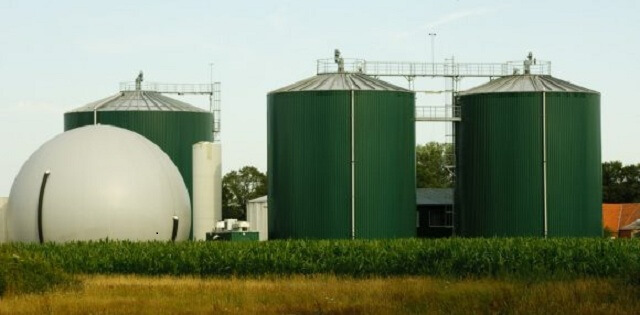1st October, 2018, Dharmendra Pradhan, Union Minister of Petroleum and Natural Gas & Skill Development and Entrepreneurship kicked off an innovative initiative in New Delhi titled SATAT – Sustainable Alternative Towards Affordable Transportation with PSU Oil Marketing Companies (OMCs ,i.e. IOC, BPCL and HPCL) inviting Expression of Interest (EoI) from potential entrepreneurs to set up Compressed Bio-Gas (CBG) production plants and make available CBG in the market for use in automotive fuels.
Sustainable Alternative Towards Affordable Transportation
SATAT
This significant move has the potential to boost availability of more affordable transport fuels, better use of agricultural residue, cattle dung and municipal solid waste, as well as to provide an additional revenue source to farmers. This initiative holds great promise for efficient municipal solid waste management and in tackling the problem of polluted urban air due to farm stubble-burning and carbon emissions. Use of CBG will also help bring down dependency on crude oil imports and in realising the Prime Minister’s vision of enhancing farmers’ income, rural employment and entrepreneurship.
Background:
Bio-gas is produced naturally through a process of anaerobic decomposition from waste / bio-mass sources like agriculture residue, cattle dung, sugarcane press mud, municipal solid waste, sewage treatment plant waste, etc. After purification, it is compressed and called CBG, which has pure methane content of over 95%
What is CBG ?
Compressed Bio-Gas is exactly similar to the commercially available natural gas in its composition and energy potential. With calorific value (~52,000 KJ/kg) and other properties similar to CNG, Compressed Bio-Gas can be used as an alternative, renewable automotive fuel. The potential for Compressed Bio-Gas production from various sources in India is estimated at about 62 million tonnes per annum.
Compressed Bio-Gas can be produced from various bio-mass/waste sources, including agricultural residue, municipal solid waste, sugarcane press mud, distillery spent wash, cattle dung and sewage treatment plant waste. The other waste streams, i.e, rotten potatoes from cold storages, rotten vegetables, dairy plants, chicken/poultry litter, food waste, horticulture waste, forestry residues and treated organic waste from industrial effluent treatment plants (ETPs) can be used to generate biogas.
Role of CBG in SATAT Initiative
The government plans to roll out 5,000 Compressed Bio-Gas plants across India in a phased manner, with 250 plants by the year 2020, 1,000 plants by 2022 and 5,000 plants by 2025. These plants are expected to produce 15 million tonnes of CBG per annum, which is about 40% of current CNG consumption of 44 million tonnes per annum in the country. At an investment of approx. Rs. 1.7 lakh crore, this initiative is expected to generate direct employment for 75,000 people and produce 50 million tonnes of bio-manure for crops.
The National Policy on Biofuels 2018 emphasises active promotion of advanced bio-fuels, including CBG. Earlier in 2018, the Government of India had launched the GOBAR-DHAN (Galvanising Organic Bio-Agro Resources) scheme to convert cattle dung and solid waste in farms to CBG and compost.

